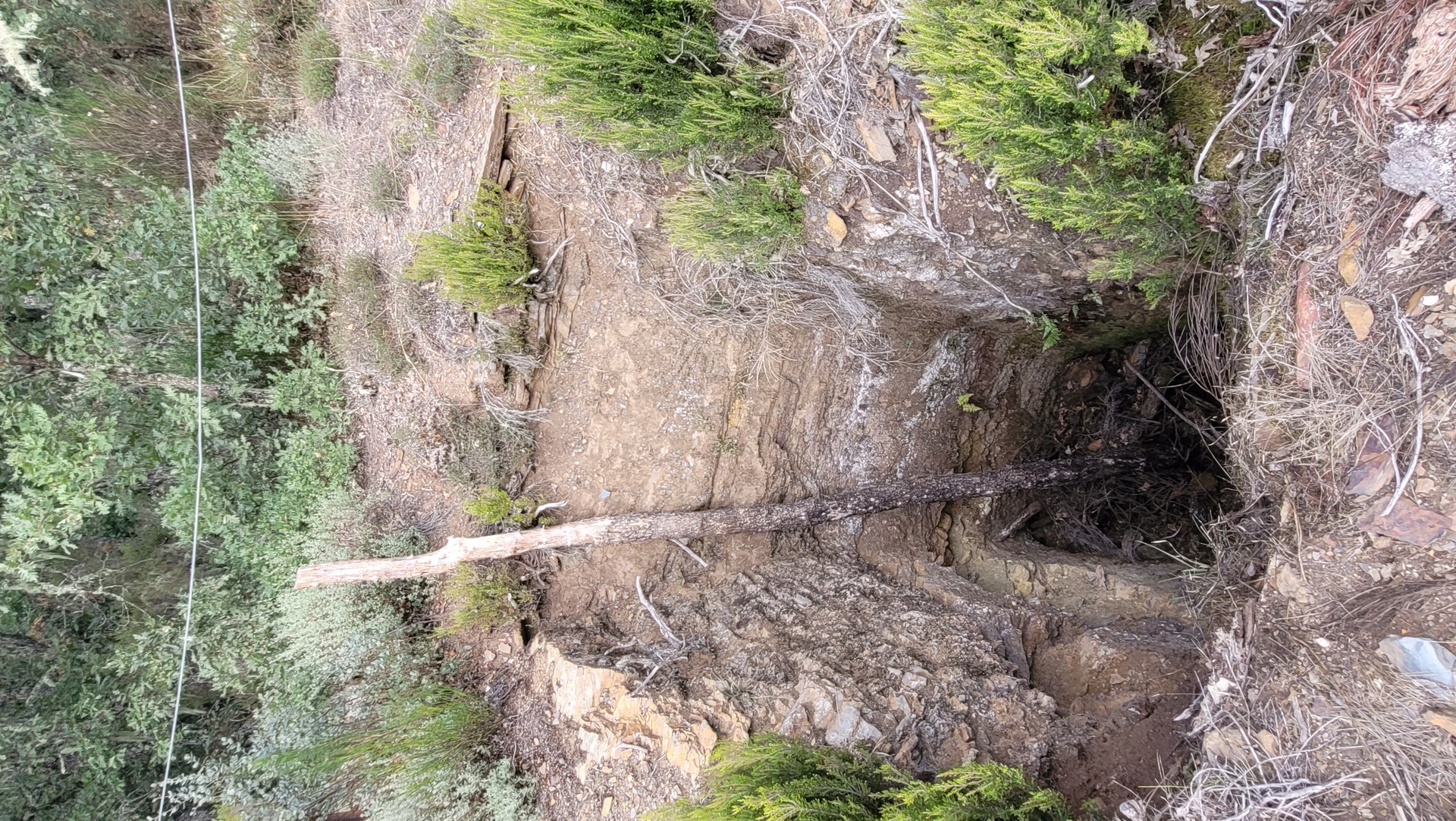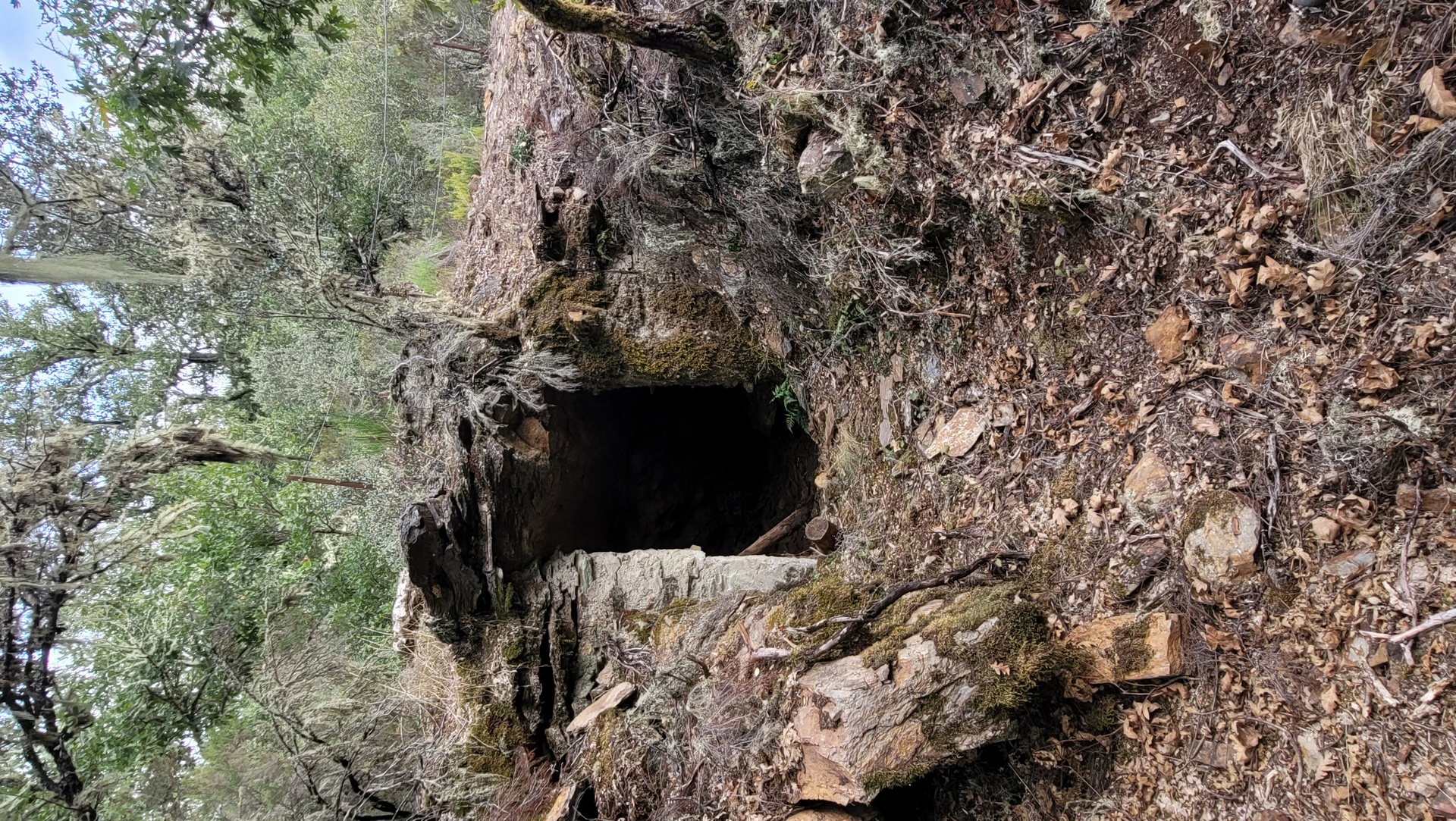

The iron mines of Sancedo, located in the Cuevamoros area, are part of the mining industrial heritage of the municipality. Their origin dates back to ancient times, with evidence of medieval exploitation in the vertical shaft known as the "Cueva de Moros."
Key aspects:
- Location: In the valley of the Rigo stream, accessible from Sancedo and Ocero.
- History: Mining operations since the 20th century, with medieval antecedents in the extraction shaft.
- Geology: Belong to the Narcea Anticline, with iron formations in Ordovician slates.
- Mining Work: Several galleries and a vertical shaft, used for iron extraction with rudimentary techniques in - the past century.
- Heritage Valorization: It is recommended to preserve the safe galleries, restrict access to dangerous ones, and mark the area for integration into tourist routes.
- The combination of historical mining and traditional structures, such as the cortines, makes this site a cultural and tourist point of interest for the Bierzo region.
An ancient vertical shaft known as "Pozo de los Moros" or "Cuevamoros," located in the valley of the Rigo stream. This shaft, of uncertain origin, could date back to the medieval period and is a significant vestige of iron mining in the region.
The excavation has a rectangular section of approximately 1.5 x 2.5 meters and a current depth of 6 meters. It was manually dug with a pickaxe into the rock and shows no signs of shoring or extraction structures. Additionally, on one side of the promontory where the shaft is located, there is a cavity with a stone and mortar frame that was used as an powder magazine in modern mining in the 1970s.
Throughout the 20th century, the Cuevamoros area was the subject of multiple mining records for iron extraction, with various concessions and operations registered in official archives from 1939 to 1968.

